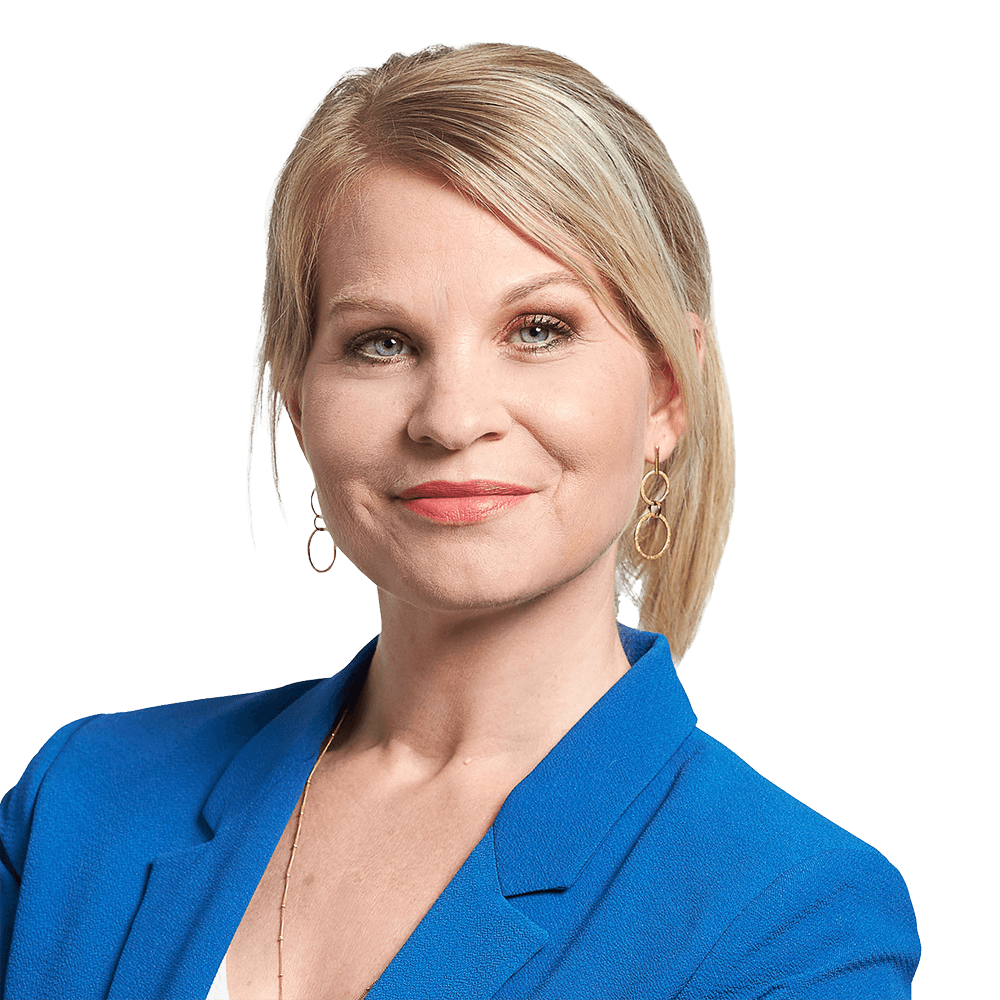IP@OC Update: October 2015
Published on 16th October 2015
Welcome to the latest edition of our IP@OC Update.
In this edition we focus on the connected consumer: defined by the new technologies, applications and disruptive businesses that cater for (and involve) today’s mobile, always-on and often collaborative consumers. With technology, know-how and data at the heart of these changes, IP has a central role to play in catering for the connected consumer.
New technologies and new social paradigms inevitably throw up new questions – how will IP work in the Internet of Things, with Bring Your Own Device arrangements and wearables becoming ubiquitous? How will the laws apply to the oceans of data now being generated and collected, upon which many consumer-facing businesses depend for competitive advantage? The answers to some of these issues are still evolving, but one thing is clear: the protection of IP rights has never been more challenging, or more important.
Consumer data and the complex world of data ownership
With the rapid growth of the IoT and the vast array of other, always-on, connected devices, volumes of data have grown exponentially in the last few years and will continue to do so for some time to come. Businesses are taking full advantage of the value of that data, but commercialising data is only half the battle. The control, ownership and protection of data present significant legal challenges, but the risks of getting it wrong mean that these are challenges that businesses will need to rise to.
IP and the IoT: Is it a thing, an ecosystem, or a data flow?
The IoT is here, a web of intricate connections between consumers and their physical worlds, and it is disruptive. With so many new technologies, systems and applications, the IP issues being thrown up are many and varied. What do those developing or relying on the technology need to do to protect themselves, and can you really future proof against it?
The connected infringer?
European consumers’ relationship with IP is ambivalent. Consumers agree in principle that protecting IP enables creators to be paid for their work, but seem less concerned about respecting that IP when given the choice to obtain content without paying the premium. How can businesses use IP law to protect themselves and what impact will new technologies and distribution channels, from IoT to BYOD or wearable tech, have on their ability to protect their rights?
- Is copyright in the EU ready for the challenge? (Read more)
- The private copying exception: The Spanish approach (Read more)
- One step forwards, two steps back: The UK’s approach to private copying (Read more)
- BYOD? Bringing your own risk (Read more)
- Copyright over user-generated content: Twitter (Read more)
3D printing: Paradigm shift or new wine in old bottles?
Today virtually anything can be 3D printed, from industrial components, rocket engines, to prosthetic limbs and even human organs. The technology has been incorporated into the production lines of (to take a few examples) Lego, Alpha Dog Headphones and NASA. Now increasingly 3D printing is destined for the domestic as well as commercial sphere.
This raises troubling issues for those who own the intellectual property (IP) rights in technologies or designs. How will they be able to protect themselves against the mass copying of their best-selling products?





